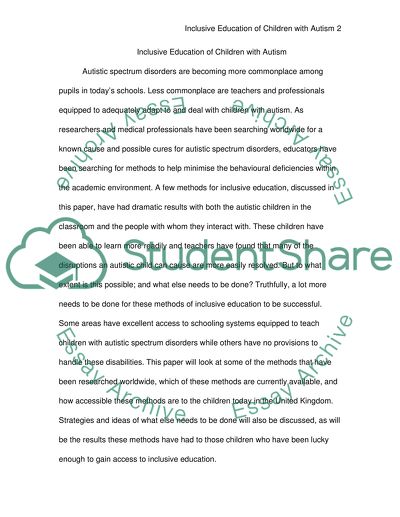Cite this document
(“Inclusive Education of Children with Autism Essay”, n.d.)
Inclusive Education of Children with Autism Essay. Retrieved from https://studentshare.org/education/1522160-inclusive-education-of-children-with-autism
Inclusive Education of Children with Autism Essay. Retrieved from https://studentshare.org/education/1522160-inclusive-education-of-children-with-autism
(Inclusive Education of Children With Autism Essay)
Inclusive Education of Children With Autism Essay. https://studentshare.org/education/1522160-inclusive-education-of-children-with-autism.
Inclusive Education of Children With Autism Essay. https://studentshare.org/education/1522160-inclusive-education-of-children-with-autism.
“Inclusive Education of Children With Autism Essay”, n.d. https://studentshare.org/education/1522160-inclusive-education-of-children-with-autism.


